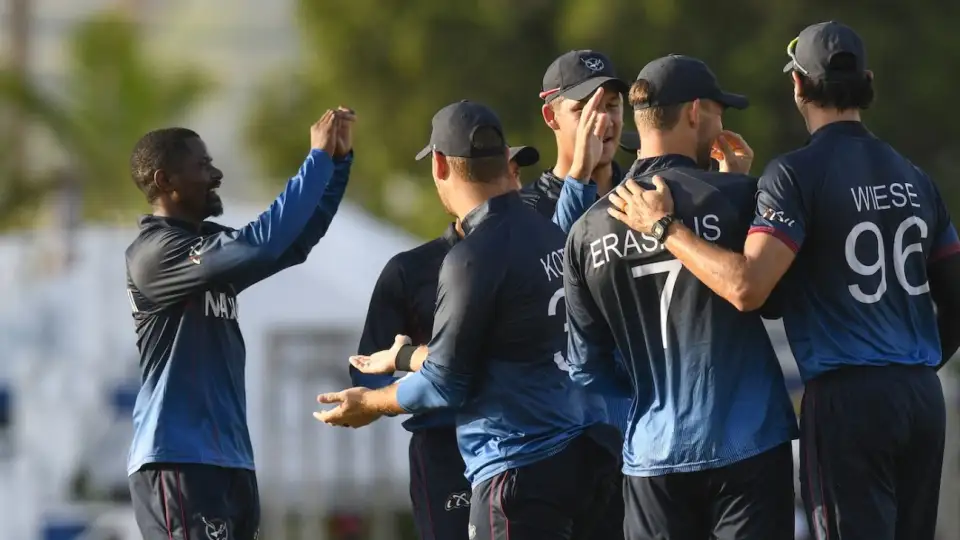Ruben Amorim’s First Year in Charge Marks a New Era of Identity and Stability
One year after taking on one of the most challenging football positions, Ruben Amorim has overseen a shift focused on clear, disciplined structure, tactical clarity, and a dedication to long-term reconstruction. When he joined the club in November, expectations were not exactly what they should be. The team struggled to find direction; there was a lot of inconsistency, and it lacked an identity. A year later, that distinction is becoming more apparent.
A Challenging Debut That Revealed Early Lessons
The first game under Amorim’s leadership was a win against Ipswich Town; the match was a showcase of optimism and trepidation. The team scored early after Amad made an explosive run down the right flank, and then provided a pinpoint ball to Marcus Rashford, who scored with ease within the first two minutes. The rapid break-through indicated a smooth transition however, the game soon exposed the complexities involved in setting up the new system.
Ipswich showed a lot of energy and determination, eventually achieving a draw with Omari Hutchinson, who’s shot deflected off the goal that left goalkeeper in a rooted position. The 1-1 draw doesn’t provide the complete story. Amorim later acknowledged that his team struggled with possession, afflicted physically and was having a hard time adapting to the pace of the opposition who were relentless. It was a difficult opening, but one that made clear what could be improved.
Implementing a New Tactical Structure
One of Amorim’s initial moves was to introduce his preferred 3-3-2 system the formation that made significant adjustments. Centre-backs were required to adjust to cover larger spaces. At the same time, wingbacks were expected to play a role in both penalty areas and midfielders were required to find a balance between creativity and defensive accountability.
The transformation wasn’t immediate. After only two days of complete training prior to the match of his debut the players were still figuring out their positions. Even the best players of the team were uneasy at times, sometimes looking at the technical area in search of confirmation. In spite of initial concerns however, players slowly embraced the new structure, and were able to see its advantages in organization as well as flexibility.
Amorim’s style of communication was noticeable. Instead of lengthy one-on-one discussions He focuses on collaboration. Themes, transitions and triggers that are pressing, as well as spacing concepts are explained in group-wide messages that encourage sharing accountability. In the event of a difficult performance He prefers to let his emotions cool before giving feedback, making sure discussions are constructive, not reactive.
Revamping the Squad to Match His Vision
Over the past few years the team has grown dramatically. There are only a few players who were part of Amorim’s debut game are still regularly playing. The club backed his idea by hiring players who could play his energetic and structured football. New players, like skilled forwards with technical skills and a mobile midfielder assisted the team in transitioning from an erratic play style into a cohesive unit.
The coach has demonstrated an ability to trust young players too. A number of younger players have gained opportunities and have benefited from his conviction to develop potential rather than relying only on the established players. The mix of new recruits and potential academy recruits has helped to refresh the spirit of the team.
Growing Stability and Improved Performances
After a rough start the last few months have seen steady improvement. This team currently enjoys a winning streak, with better defense, improved ball retention and more shrewd movement during that final quarter. The games that were once spiraling beyond control can now be controlled with more vigilance.
The emphasis of Amorim on structure has been crucial. The defensive line has more space, midfielders reuse possession with a purpose and the three front players play in coordinated patterns instead of individual bursts. Although there is some room for improvement however, the changes are evident.
A Year of “Necessary Suffering”
In his reflections on his debut season, Amorim acknowledged that the initial struggles were part of an intentional process. “We risk a little, we suffer a little, and later we become better,” Amorim stated at the beginning of the season. This belief system has helped guide the team through tough times as they have learned that long-term success is contingent on temporary discomfort.
Looking Ahead: A Foundation for Sustainable Growth
As the team gets ready for the upcoming games there is a rekindled feeling of a sense of purpose. The sense of identity that was lacking in the past is beginning to take shape. Players are aware of their roles and the team is being redesigned to reflect the management style as well as the squad is starting to show consistent performance.
Amorim’s debut year hasn’t been flawless however, it has been deliberate. The foundations are in place The culture is evolving and faith is growing. If the growth over the last 12 months are an indication, the program is heading towards the right directionone that is built on clarity as well as discipline and a long-term view of achievement.








